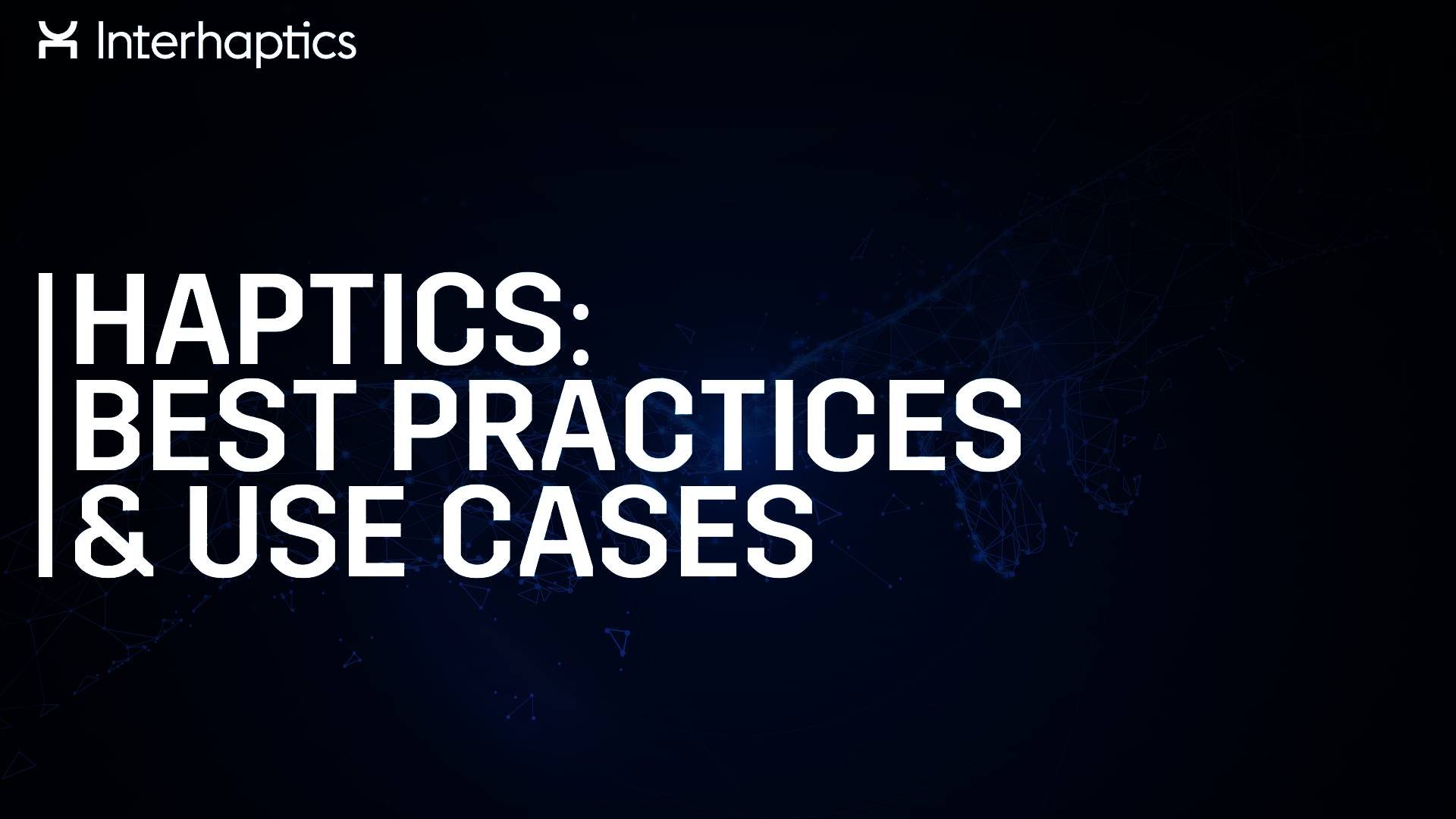
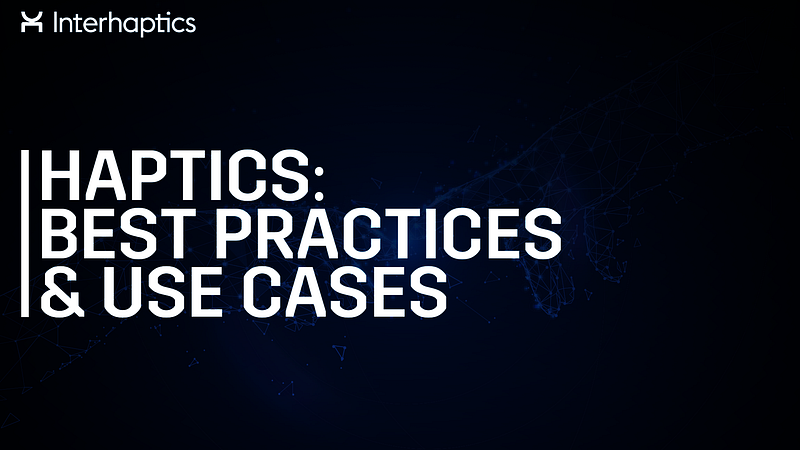
Haptics for VR/AR/MR includes the perceptions of touch and all the technologies to recreate digital touch sensations. There are a lot and not all of them are useful for XR use cases. Haptics for extended reality can enhance your XR experience if it is used properly.
If done right, haptics for extended reality can increase user engagement and immersion, as well as the sense of presence. It can also decrease user fatigue and dizziness caused by an imbalance of perceptions between reality and the virtual world. It impacts positively effectiveness, for example for XR training.
Use cases of haptics for extended reality
To be more practical, we can illustrate the theory with use cases of haptics for VR/AR/MR. There are five generic ones:
– User interface feedback and confirmation
– User immersion
– Remote presence
– User awareness
– Notifications
About UI confirmation, we can take the example of buttons or keyboards in real life. They give touch feedback as a confirmation to the user after the interaction. Therefore, by integrating haptics for extended reality, this feedback can be reproduced, and therefore, enhance the UX.
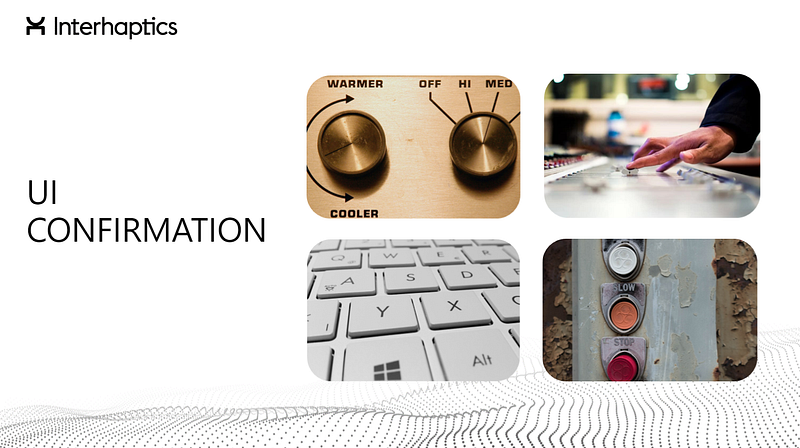
To illustrate user immersion, here is a basic example is the recoil of a weapon when a shot is fired in an XR game. If the user can feel this haptic feedback, then the experience is even more immersive. It also gives the opportunity to enrich haptic textures with specific perceptions.

When it comes to remote presence, it is about trying to compensate for the presence of another individual, for example when hugging someone or shaking hands. This is an important feature of haptics for VR/AR/MR.
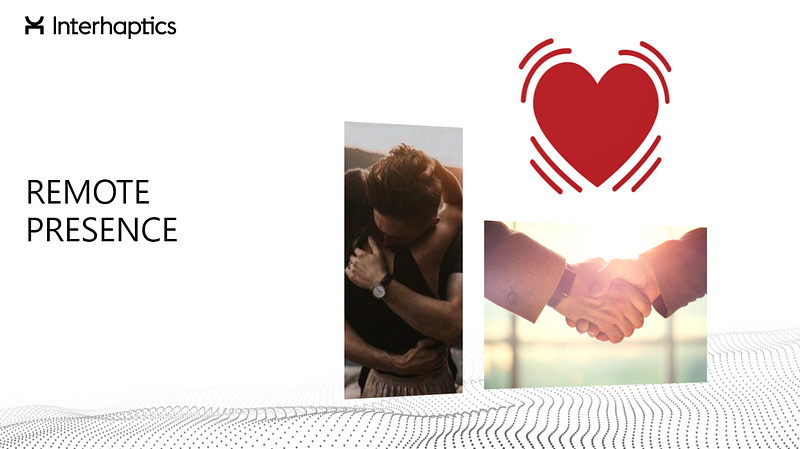
For awareness, this is referring to the context and the virtual environment. Awareness in haptics for extended reality can be used to give directions to the user or warn him that something is happening. It acts almost like a 6th sense. Indeed, information are supplied to the user through the sense of touch, without overcharging sight or hearing.

Finally, there are notifications, and it is probably the most obvious and simple one. We almost all have a smartphone in our pocket and have therefore experienced haptic feedback through it. Well, it works just the same for XR. Haptics for VR/AR/MR could be a way to give notifications to the user about events happening.
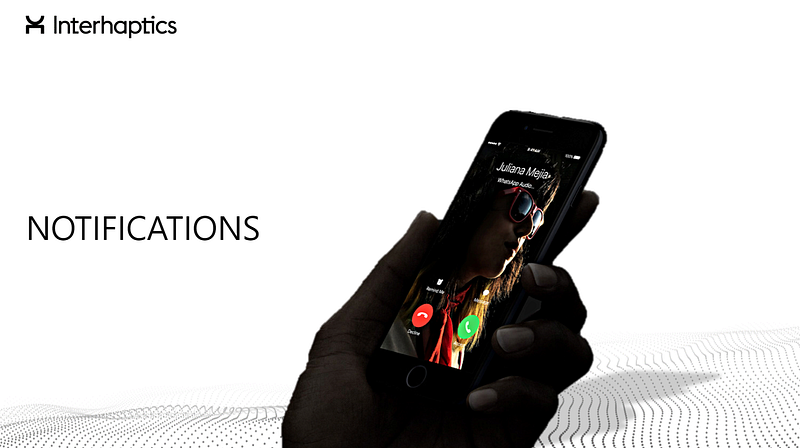
You can, if you want, try haptics for extended reality in our demo available on Oculus Quest.
If you want to add haptics for VR/AR/MR to your projects, you can now join more than 900 students who studied our Udemy course and start designing with Interhaptics!
If you have any questions, join our haptic designer community on discord.






